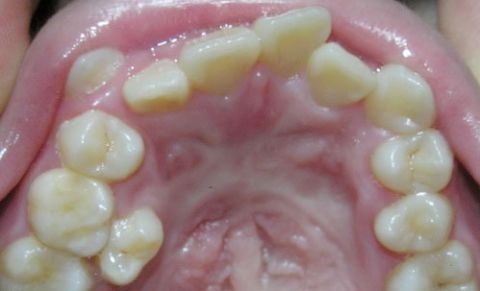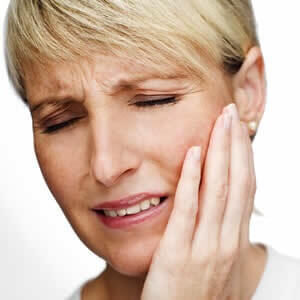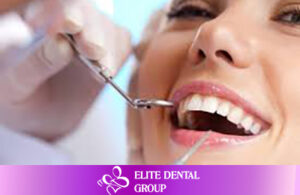Table of content
Tooth replacement is the first milestone in a baby’s life, and this is also the time that parents need to keep close track of the baby’s dental development.
1. How does the process of the tooth replacement take place?
It’s normal for children to undergo teeth replacement from 6–12 years old, but there are some cases of tooth replacement earlier at the age of 4 or later at the age of 8. The last baby teeth will be lost when children are 12 or 13 years old.
A child’s set of teeth are considered to have developed normally when the order of permanent teeth erupt like baby teeth; that means whichever baby teeth grow first will be lost first. Thus, parents can predict the order of loss of the baby teeth as well as the order of eruption of the permanent teeth. However, the tooth replacement order of the upper jaw will be little different to the lower. In the upper jaw, the common tooth order is in succession: central incisor, lateral incisor, premolars, canine and molars. In the lower, the order is central incisor, lateral incisor, canine, premolars and molars.
Whether the time of replacement is long or short depends on many factors, such as the characteristics of each tooth type and tooth position—for example, it takes a few weeks to replace a single-root tooth, but it takes more time for multi-root teeth like molars to be removed, possibly 1–2 months. In the same way, the replacement period of teeth grown in good conditions is shorter than ones stuck in the slot or blocked by others.
In addition, some children’s bad habits also contribute to tooth replacement time. When milk teeth are lost, for instance, they will recognise the space in their mouth and often use their hands or tongue to touch it. The impact can also cause inflammation, so parents need to frequently remind children to give up these bad habits.
2. When should the child go to the dentist?
The most important period for the child’s permanent teeth is when the baby teeth are still in place while permanent teeth have started to grow out. Therefore, children should be taken to the dental clinic for regular monitoring by their parents, even when their teeth erupt orderly and straightly.
Up to 80% of children aged 4 to 8 years old suffer from dental cavities. The consequences of baby teeth decay in children not only affect their daily lives but also pose a risk of permanent tooth loss as they grow up. So, what should parents do to have a…
In particular, parents should not pull the child’s teeth out at home or by a thread. Doing this easily causes gum bleeding and creates an open wound; in addition, putting hands into the mouth is an opportunity for bacteria to enter the wound, which can lead to infection. When teeth start to wobble, parents should take the child to a dental clinic. The dentist will choose the most appropriate way of removal: either extracting or waiting until the milk teeth are ready to be removed.
There are some special cases, such as when baby teeth have not come out but the permanent teeth have grown, when the dentist will actively pull the baby teeth so that the permanent teeth can grow into their proper position. Permanent teeth eruption without space can cause malocclusion or crowding, so the dentist may pull teeth earlier or grind the edges of the adjacent baby teeth. This creates enough room for permanent teeth to grow correctly.
During this period, some children still maintain bad habits such as thumb sucking, tongue thrusting, teeth grinding, mouth breathing, lip sucking, and chin cupping. These habits will cause buck teeth, uneven teeth, crowded teeth or spaced teeth, or upper teeth that do not fit against the lower. Unless promptly treated, children may not end up with a beautiful mouth or pretty smile.
Fortunately, if your kids encounter dental problems, you should not worry so much. During this stage, the face and jaw have not yet fully developed, making it possible to use appliances to expand and rearrange the teeth. These instruments have been thoroughly researched and designed to ensure that children do not feel much discomfort and can eat normally.
3. During the replacement period
Always closely monitor the tooth replacement process and prevent children from chewing gum, sweets, and hard, chewy food. If the tooth eruption causes pain, parents should feed children with soft foods such as rice gruel, soup or fruit juice. Children should be advised to avoid touching their teeth with their hands and pushing his/her tongue into the tooth space while they are being replaced, as well as teach children how to carefully look after their new growing teeth—and do not forget oral hygiene after each meal.
As a child growing up, Mum and Dad should not only bring children up well, but also pay special attention to their stage of tooth replacement. Only doing this can help our children to have even teeth and beautiful smiles.
Related posts: > Single tooth implant procedure > Orthodontic treatment for your child > General Dentistry










